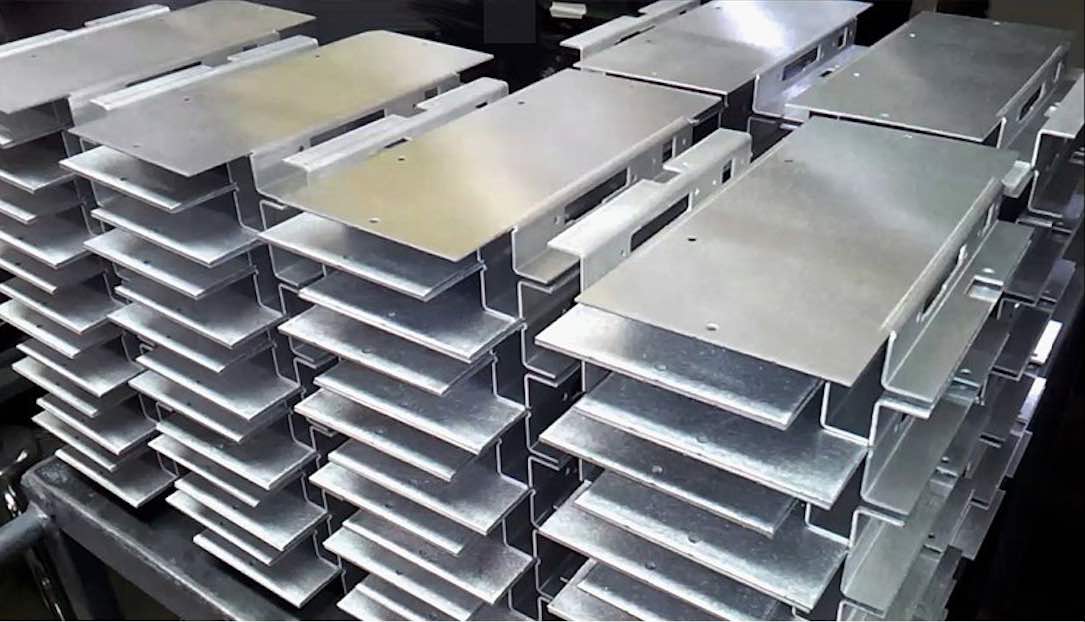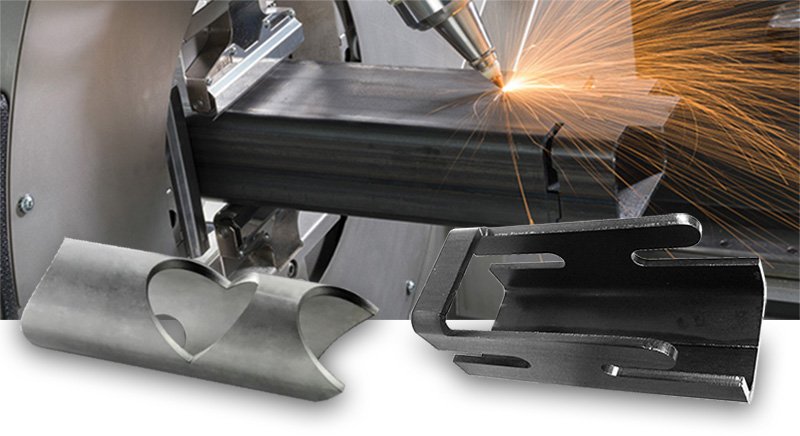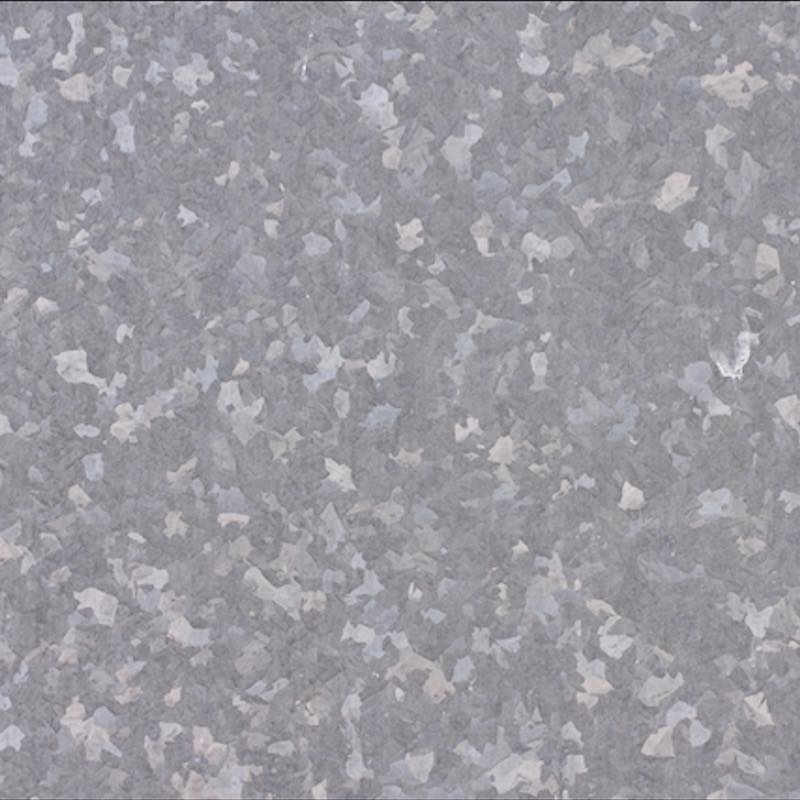Cautious Optimism in the Metals Industry
The S&P Global Ratings report, Industry Top Trends 2019, is cautiously optimistic about metal production in the coming year, stating:
“We expect the prevailing mood of balance sheet conservatism to continue into 2019 for most upstream and downstream producers. However, we believe shareholder remuneration will start to increase — in some cases because of financial policy frameworks — and could emerge as a possible risk to financial profiles. That said, prudent financial policy implementation should support ratings, provided that cash generation funds shareholder returns to ensure that balance sheets have a cushion for future downturns.”

The report also indicates certain risks that may cause disruptions in the sheet metal industry, including pricing and global policy:
“Overall, we expect prices to remain volatile, with fluctuations likely related to developments in China and potentially due to other government policies and geopolitical risks.”
Just getting started? Begin your knowledge journey with article: "Brief description of Metal Fabrication"
Advances in the Aluminum Market
In Global Sheet Metal Market 2018-2022 by Technavio, report analysts determine that the improvements in aluminum production will encourage demand and increase production over the coming years, affirming:
“The production process for aluminum releases high quantities of carbon emissions, negatively impacting the environment. This has been overcome by new advances in technology to reduce CO2 emissions and production-related expenses.
For the process, inert anodes are used instead of carbon-rich anodes, leading to the production of oxygen instead of carbon dioxide. Thus, the increasing adoption of such manufacturing processes across the globe will increase the production of aluminum, in turn, driving the production of sheet metals in the future.”
Environmental concerns are a long-term pain point for sheet metal consumers. The improvements in the production method of aluminum are promising, especially the ability to generate oxygen instead of carbon dioxide — the primary greenhouse gas of concern in climate change predictions.
The better sheet metal producers get at minimizing negative environmental impact, the more appealing sheet metal projects will be to commercial consumers.
Aluminum welding presents many more challenges than welding steel or other metals when learning how to weld aluminum. You can find out a guide to aluminum welding or how to weld pipes when they are must-have skills for anyone who takes their welding seriously.
Inflated Steel Structures
While few trends, like metals prices in the coming year, are more concrete and applicable to nearly every producer, other industry trends represent the future potential of sheet metal. It begins with inflated steel structures, which demonstrate what's possible with sheet metal. This method may become a sheet metal fabrication technique employed more universally in the coming years.
The fabrication technique of inflating steel is explored by architect Oskar Zięta from Poland. Taken from Architect Magazine:
“The process is named FiDU, short for “Freier innen Druck Umformung” (free inner pressure forming). The approach is demonstrated in the manufacture of the Plopp Stool, a three-legged seat composed entirely of thin steel sheets. Zięta's firm Zieta Prozessdesign fabricates the stool by laser-cutting templates out of the steel, welding sheets together at the edges, and inflating them from a single point — like a balloon — under high pressure. Impressively, the stool can support a load of two tons.”
Zięta's structures can even be occupied by people. He built a curvilinear vault called the NAWA pavilion, along with other sheet metal projects, to show the possibilities of this particular fabrication technique.
Trends That Will Transform Sheet Metal Industry
Following are some of the top trends gaining prominence in the sheet metal industry. So, let’s have look at each of them.
- Automation: Automation is on its way, and it is set to play a powerful role in the future, too. It has transformed various industries and the metal fabrication industry is one of them. The act of cutting and bending sheet metal has simplified due to robotic technologies. Additionally, these automated technologies are also helping manufacturers to achieve precision, as well as minimize their material waste.
- Additive Fabrication: 3-D printing is not a future technology. In several ways, it is already an integral part of the manufacturing industry. Many metal fabrication businesses are enjoying the benefits of 3-D technology investments such as time and cost reduction by eliminating few assembly steps, achieving great design freedom, and minimizing waste. Ultimately, these technologies are helping them their production quality. Additionally, metal 3D printing involves the metal stamping to produce a required design.
- Tube Laser Technology: It is one of the fastest growing sheet metal fabrication technologies. The tube laser technology offers various advantages over traditional sheet metal fabrication and manufacturing processes. The tube laser machines have a capability to produce sharp and intricate cuts, which helps improve the fabrication quality and speed. Also, it helps reduce material waste and assembly costs.
- Reshoring: Reshoring is another big trend to watch in the metal fabrication industry. Also, referred to as manufacturing regionalization, nowadays many businesses prefer availing services of manufacturers in their region rather than the third-world countries. Rising labor wages, raising awareness on “ no sweat” policy, steeply increasing transportation charges, and market volatility are some key factors that have contributed to the reshoring trend.

The Boom Continues
According to The Fabricator's 2019 Forecast: Where Do Metal Fabricators Stand for the Upcoming Year, various industry professionals discuss what can be expected in 2019. The general consensus is that the upswing in the industry will likely continue, although it's important to stay aware of shifting circumstances. Small potential warning signs include possible issues caused by tariffs and an increasing deficit due to rate changes from the Federal Reserve Board.
The article states, “Life has been good for companies in the metal processing, forming, and fabricating industries. Markets across the board have experienced a boom not seen since long before the 2008 recession.
This past year has been a prime example of the flourishing manufacturing sectors. But at some point, there is concern over when the bubble is going to burst. And while the 2019 forecast doesn’t project any major downturns, the overall feeling of many in metal fabrication is to remain cautiously optimistic.”
For more information about sheet metal fabrication industry, click here to get started to Australian General Engineering Vietnam's blog.
Resource: http://kaempfandharris.com/



